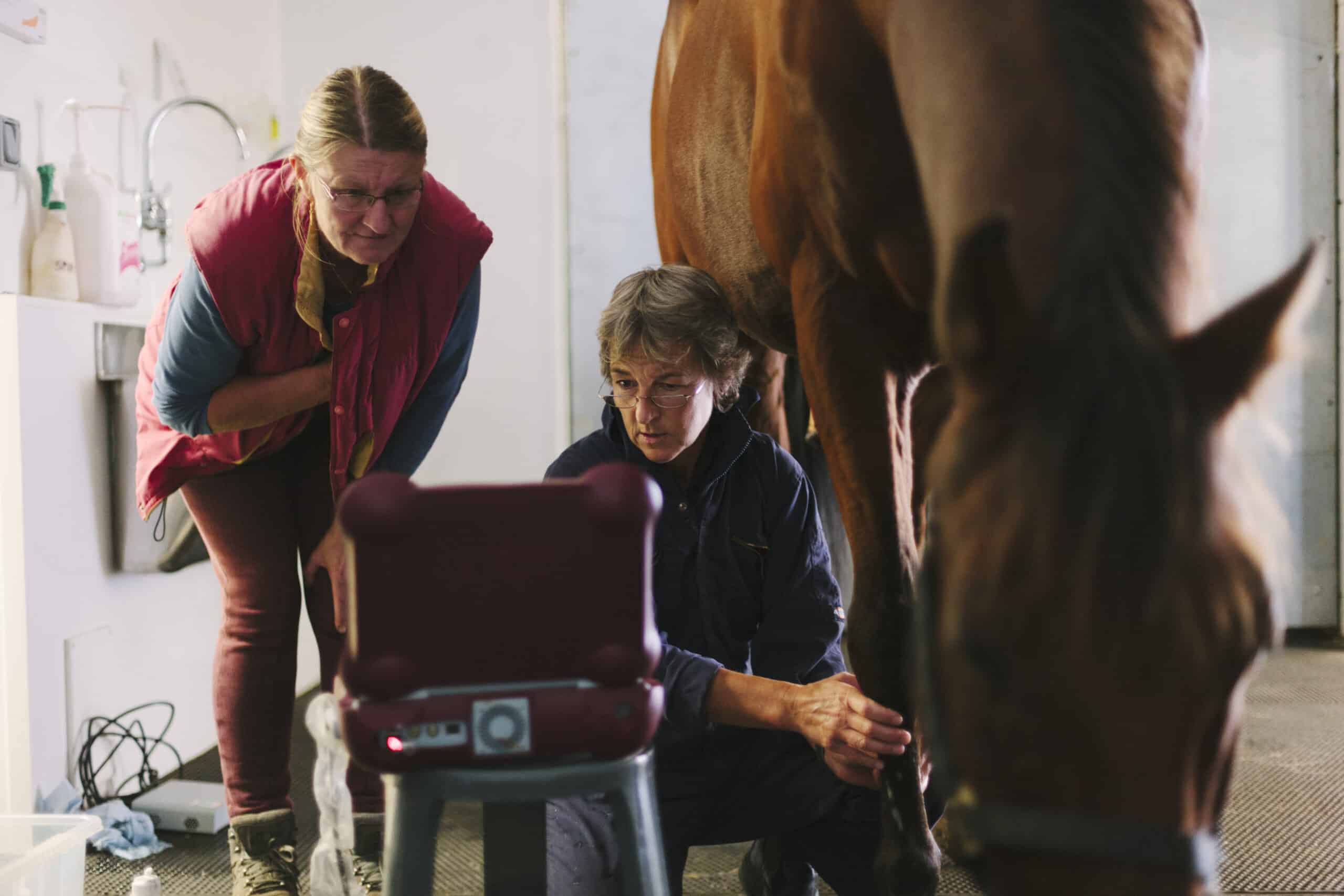How Equine Vets Can Manage Difficult Client Situations

Researchers have shown that up to 85% of the information needed for an accurate diagnosis of a pet’s health issue can come from its history, but it takes veterinarians just 15 seconds to interrupt the client while they explain what they think is wrong. Less than half of these interrupted individuals were able to return to their original conversation. Martha Mallicote, DVM, MBA, Dipl. ACVIM, clinical associate professor at the University of Florida, presented information for veterinarians on dealing with difficult client situations and improving the veterinarian-client relationship during the 2023 Ocala Equine Conference held Jan. 21-22, in Florida.
Mallicote said the greatest pain points for owners when working with their veterinarians are:
- They do not receive enough information.
- Trust is not established.
- An overall lack of follow-up.
- The client’s opinion is not considered.
“Up to 82% of formal complaints and malpractice lawsuits are due to the client feeling misinformed or that informed consent was not obtained,” said Mallicote. “Ultimately, the client’s perception is your reality.”
Building trust with the client is one of the best ways to improve the relationship, said Mallicote. As the veterinarian, introducing yourself, including your name and role, with a handshake and eye contact is very important. She also reminded veterinarians that 80% of communication is nonverbal, making active listening crucial.
“Focus on what the client is saying,” said Mallicote. “Listen to their words and restate or summarize what they’ve said when they are finished speaking. The expression of empathy also goes a long way. This could be as simple as acknowledging or complimenting something the client is doing well.”
To help owners better understand what they’re being told during appointments and their responsibilities following the appointment, Mallicote recommended using the ask-tell-ask method. “Ask what the client knows about the topic of discussion, share the information they need with them, and ask them to repeat this back to ensure they understand,” she said. When speaking with clients, it is also important to avoid using medical jargon while including data in a way that is accessible for the client.
“Bad news is anything the client might perceive as distressful, unwanted, or unexpected,” said Mallicote. This can include unexpected death, chronic or terminal illness, treatment failure, extensive or expensive treatment, or a potentially embarrassing problem. Communication of bad news is the veterinarian’s responsibility and cannot be delegated to other team members but, if done well, this conversation can improve the relationship with the client.
In a situation with an adverse outcome, whether due to medical error or not, having an honest discussion with the owner is necessary. In cases with adverse outcomes, 78% were due to medical error, but 40% were not discussed with the client. Mallicote noted veterinarians are often hesitant to be honest with the client about these situations due to a culture of shame and fear of having a damaged reputation or putting the client in further distress. “Acknowledge what happened,” she said. “Be truthful with the client, apologize and express regret, empathize, and tell them what you will do to address the issue in the future for their animal and others. Studies show that you are less likely to be sued if you express regret than if you do not.”
Mallicote closed by reminding veterinarians that honest communication with clients will improve the relationship and make future difficult situations easier for the owner, veterinarian, and horse.

Written by:
Haylie Kerstetter
Related Articles
Stay on top of the most recent Horse Health news with















